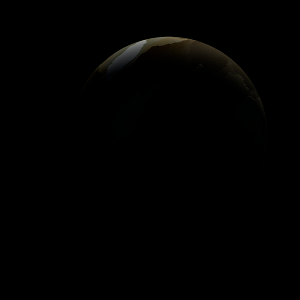|
|
Space Astro
|
Info for exoplanet "Imala Gujoru"
| Scientific (actual) data |
|---|
| Name | Kepler-26 e |
| Planet status | Confirmed |
| Radius | 0.215 |
| Orbital period | 46.8279 |
| Semi major axis | 0.22 |
| Discovered | 2014 |
| Updated | 2021-02-05 |
| Tconj | 2454970 |
| Impact parameter | 0.77 |
| Publication | Announced on a website |
| Detection type | Primary Transit |
| Alternate names | 2MASS J18594583+4633595 e, K00250.04, KIC 9757613 e, KOI-250 e, KOI-250.04, WISE J185945.85+463359.3 e |
| Star name | Kepler-26 |
| Right ascension | 284.94° |
| Declination | 46.57° |
| Mag v | 16 |
| Mag j | 13.408 |
| Mag h | 12.746 |
| Star distance | 338.55 |
| Star metallicity | -0.13 |
| Star mass | 0.54 |
| Star radius | 0.51 |
| Star sp type | M0 V |
| Star temperature | 3914 |
| Star alternate names | 2MASS J18594583+4633595, KIC 9757613, KOI-250, WISE J185945.85+463359.3 |
| Wikipedia article | Kepler-26 e |
Back
| |
| Fictional info (?) |
|---|
| Suggested name | Imala Gujoru |
| Planet type | Cold planet |
|
| Atmosphere | Ethane | 67% |
| Hydrogen deuteride (HD) | 16% |
| Formaldehyde | 6.7% |
| Neon | 4.9% |
| Sulfur dioxide | 3.1% |
| Helium | 1.5% |
| Carbon dioxide | 0.21% |
| Atmospheric pressure | 100 bar |
 |
| No known satellites |
| Google search for Imala gujoru |
|
Website by Joachim Michaelis
|
|
|
|